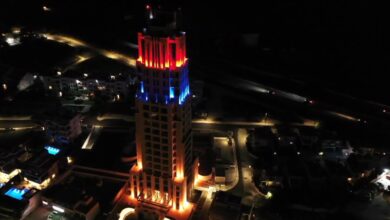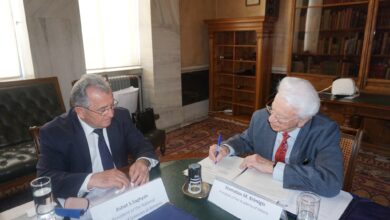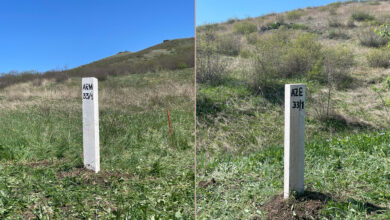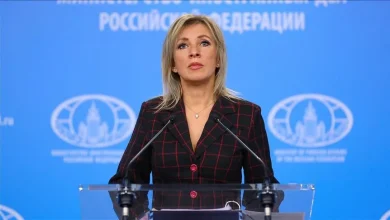
As of the beginning of the year, the Food and Agriculture Organization of the UN (FAO) helped vulnerable people in Armenia affected by the Nagorno-Karabakh conflict. Now, distribution of agricultural assistance packages – including either animal feed or poultry – in two selected marzes has been completed.
The emergency assistance project is providing for protection and restoration of critical livelihood assets in the form of animal feed, agricultural equipment, and materials for building temporary shelter for displaced farming livestock.
Families who were forced to leave their farm animals behind, received the chickens to improve their agricultural production and, ultimately, food security and nutrition. The main objective is to protect, reconstitute, or create the means of existence of displaced and host communities in fragile environments after the crisis situation.
To identify areas where the need is the greatest, FAO assessed the food security and livelihood situation of about 400 conflict affected and displaced families covering a total of 1 708 people in 42 rural communities. The aim was to collect key information on the characteristics and demographics of the displaced and host families, their food security, livelihood and engagement in agriculture and at revealing their priority short-term needs.
Based on the assessment, two marzes – Gegharkunik in the east and Syunik in the south – were selected for further assistance.
Furthermore, the project will help selected beneficiaries to build, reconstruct chicken coops. This support is mainly aimed at improving the keeping condition and care of birds, due to which a newly established small farming household can have more viable results.
In order to increase the level of knowledge and skills of beneficiaries on animal husbandry, it is planned to conduct trainings on animal husbandry best practices.
“Similar projects not only support the Government efforts, but also make the people in need feel secure and cared for,” said Gayane Nasoyan, assistant FAO representative in Armenia. “Although the FAO project provides a rapid help, more support is needed to these families for a longer run.”
FAO is also part of the United Nations Country Team’s Armenia Inter-Agency Response Plan to support the Government’s humanitarian efforts, which outlines priorities and financial resources required to address the needs of displaced people and host communities and families. It will serve as a coordination and advocacy tool with the aim to outline priorities for the humanitarian response and appeal for the resources necessary to address the needs of displaced people and host communities (the socioeconomic impacts of COVID-19 pandemic combined with the arrival of conflict-affected persons from Nagorno-Karabakh have placed additional burden on host communities in terms of their capacity to address immediate needs, provide basic services, cover the costs of energy and other needs of the displaced people).
It is estimated that the people who fled from Nagorno-Karabakh to Armenia brought about 12 000 to 55 000 cows and 60 000 to 90 000 small ruminants with them.








